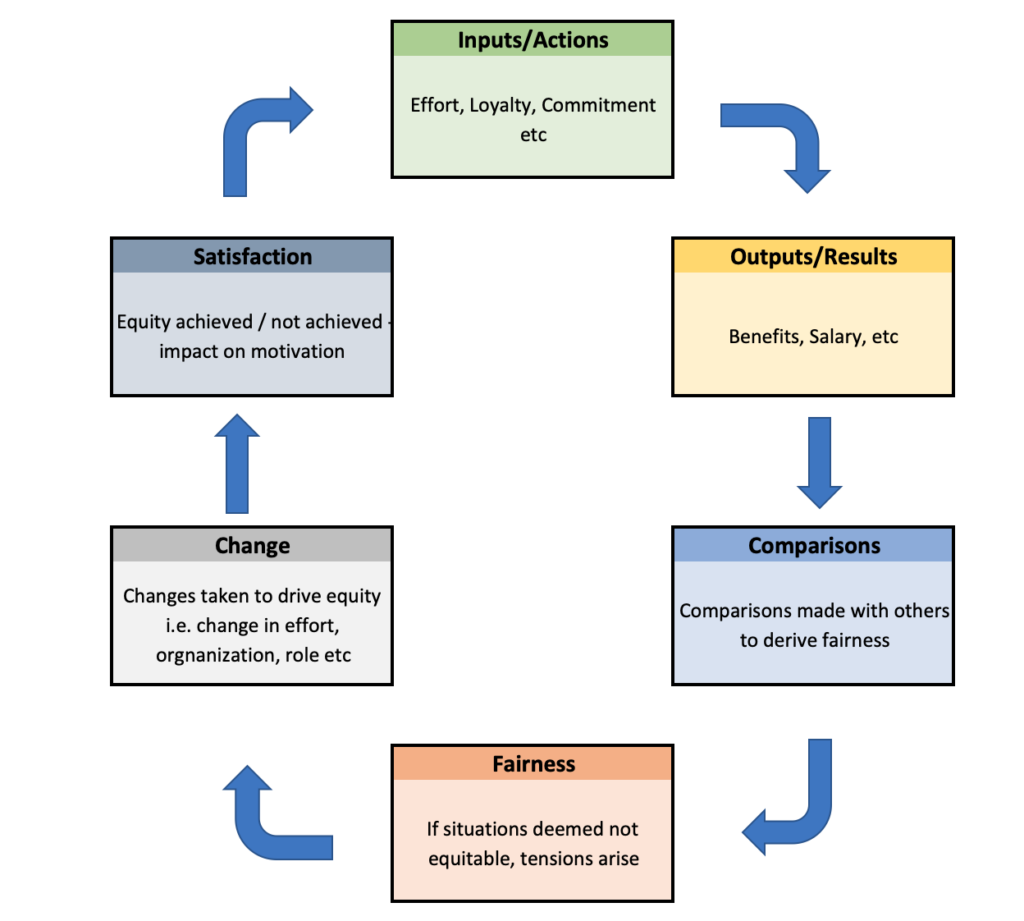

Managers take on the role of a coach/mentor, more than anything, letting employees set goals and determine how they should be assessed. Adobe does not use ratings to establish employee capabilities, feeling that it restrains creativity and harms how teams work. While it offers benefits and perks like any modern creative company, Adobe’s is a culture that avoids micromanaging in favour of trusting employees to do their best. Employees who are convinced of a larger common goal are people who are excited to be part of a larger purpose.Īdobe is a company that goes out of its way to give employees challenging projects and then provide the trust and support to help them meet those challenges successfully. Southwest gives employees ‘permission’ to go the extra mile to make customers happy, empowering them to do what they need to do to meet that vision. This airline has managed to communicate its goals and vision to employees in a way that makes them a part of a unified team. Customers loyal to Southwest often point to happy and friendly employees who try hard to help. The airline industry is often mocked for grumpy employees and poor customer service, but Southwest Airlines of the US bucks those trends. If they perceive inequity, then they will adjust their inputs to restore balance. Adam’s Equity Theory goes a step further and states that individuals look around and compare their promotions and perks to others. Equity is defined as an individual’s outputs divided by that same person’s inputs. When organisations maintain rational inputs and outputs, they get clarity in defining equity. And engaged employees are more likely to be great advocates of the organisation brand. By cultivating a strong corporate culture, organisations increase the chances of good employee engagement. Employees keep comparing with each other with regards to salary, perks, recognition and promotion. It is not possible for workers to be engaged when they are unhappy. The more appealing and enjoyable an organisation’s culture is, the happier its employees will be. It’s a universal truth that company cultures are strongly interrelated with employee happiness. Common outputs include salary, bonus, pension, annual holiday allowance, company car, company home, stock options, recognition and promotion. Some of these benefits will be tangible, such as salary, while others will be intangible, such as recognition. Outputs are the result an individual receives as a result of his inputs to the organisation. Inputs, for instance, come in form of the number of hours worked (effort), the commitment and enthusiasm shown, the experience brought to the role, personal sacrifices made, and responsibilities and duties of the individual in the role. Inputs are the contributions made by the employee for the organisation. The structure of equity at the workplace is based on the ratio of inputs to outcomes. If employees feel they are treated unequally in treatment and rewards, they will shy away from giving the best inputs. According to Equity Theory, organisations must maximise individuals’ rewards, by creating systems where resources can be fairly divided amongst members of a team. John Adams asserted that employees seek to maintain equity between the inputs they bring to a job and the outcomes they receive from it against the professed inputs and compare them to the outcomes of others. This theory is also considered as one of justice theories. Equity is measured by comparing the ratio of contributions in terms of costs and benefits in terms of rewards for each person. As an example of Equity Theory, if an employee learns that a peer doing exactly the same job as him is earning more money, he may choose to do less work, thus feeling justified in his own eyes.Įquity Theory focuses on influencing whether the distribution of resources is fair to both relational partners-employer and employee. In simple terms, Equity Theory states that if an individual identifies inequity between himself and a peer, he automatically will adjust his working style to make the situation fair in his own eyes.

Equity Theory is based on the idea that individuals are motivated by justice.

For instance, if someone frequently tells lies, his/her disruptive behaviour affects co-workers’ morale and productivity. When people exhibit inappropriate behaviour at the workplace, everyone suffers.


 0 kommentar(er)
0 kommentar(er)
